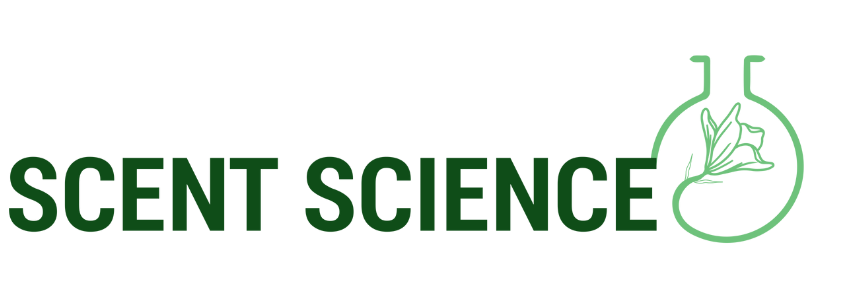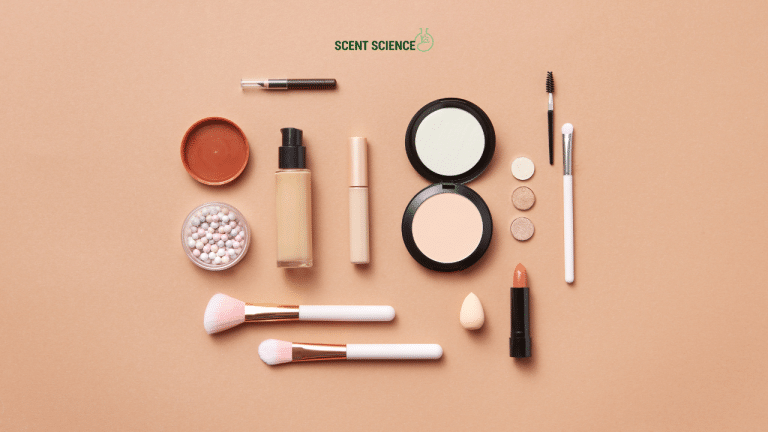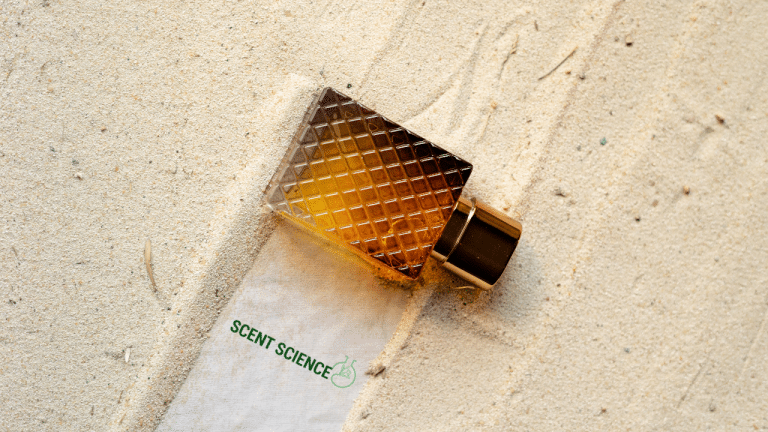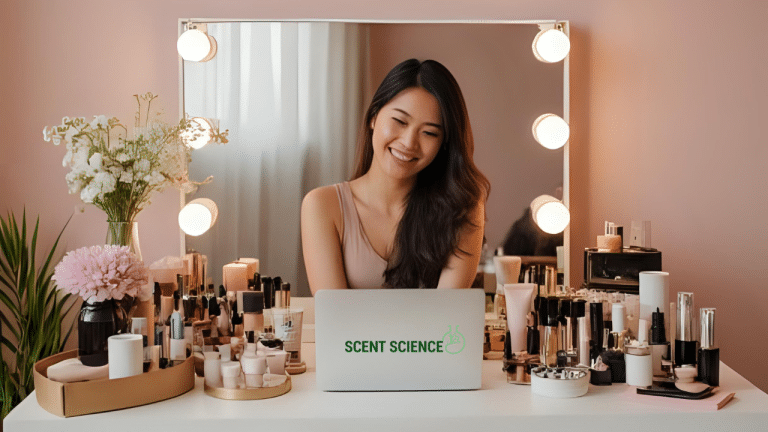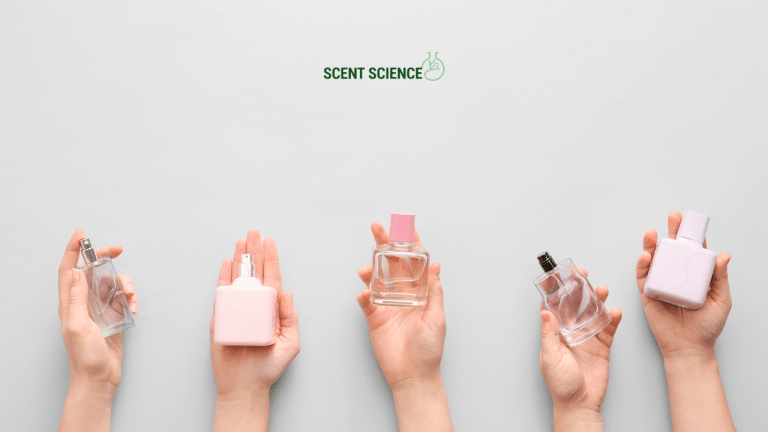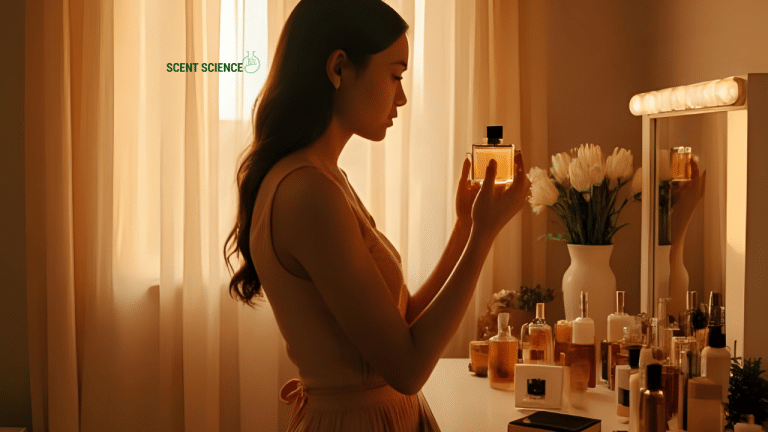The art of fragrance design is much more than selecting scents that please the nose. Beneath the glamorous exterior lies a meticulous mathematical foundation—varied formulas that dictate how fragrances are composed. In today’s technological world, modern fragrance design leverages precise calculations and scientific principles to create harmonious blends that delight and sometimes enthrall. This complete technical guide will demystify the mathematical backbone of fragrance design, walking you through the essential formulas, composition ratios, and molecular balances key to crafting compelling scents.
Table of Contents
ToggleUnveiling the Technicalities of Perfume Formulation
The story of a fragrance begins with its formula—a complex blueprint serving as the fragrance’s DNA. A perfume formula isn’t merely a list of ingredients, but rather a precision-engineered equation representing the interplay of innumerable variables. Ingredients, quantities, and ratios are meticulously calculated to form a coherent scent profile.
🌿 **Example:** Chanel No. 5, a legendary fragrance, precisely incorporates 80 specific components, each measured to create a balanced bouquet.
1. Composition Ratios: The Foundation of Fragrance
**The Role of Composition Ratios:** The composition ratio in fragrance design refers to the proportion of oils, alcohol, and additives that form the perfume. These ratios define the concentration, strength, and olfactory character of the final product. Standard ratios for different fragrance concentrations are outlined below:
- Perfume (Parfum): 20-30% fragrance oils
- Eau de Parfum (EdP): 15-20% fragrance oils
- Eau de Toilette (EdT): 5-15% fragrance oils
- Eau de Cologne (EdC): 2-5% fragrance oils
These ratios reflect industry standards and play into the balance and intensity experienced by the wearer.

2. The Art and Science of Molecular Balance
**Molecular Balance in Action:** Molecular weight and volatility are pivotal in orchestrating how each component interacts over time. This balance affects evaporation rates and the release sequence of fragrance notes—top, middle, and base. Master perfumers employ molecular balance by calculating each ingredient’s diffusion coefficient—dictating how quickly a molecule spreads in the air—resulting in the renowned “sillage,” or scent trail.
**Real-World Application:**
- Case Study: The Amber family of fragrances balances heavier benzoin and sandalwood molecules with lighter, more volatile citrus notes to avoid overly heady final scents, presenting a seamless aromatic progression.
Technical Walkthrough: Crafting Complex Scent Profiles
By understanding and implementing the formulas underpinning scent creation, perfumers can construct nuanced and long-lasting perfumes that engage the sensorial experience.
3. Olfactory Perception: The Fragrance Pyramid
**Structure of the Fragrance Pyramid:**
- Top Notes (10–30% of the formula): Highly volatile, forming the first pleasing impression.
- Middle Notes (30–60% of the formula): Emerge after the top notes fade, delivering the core character.
- Base Notes (10–30% of the formula): Foundation scents anchor the fragrance and influence durability.
Diagram:
| Note Type | Role | Typical Ingredients |
|---|---|---|
| Top Notes | Initial impression, air of freshness | Citrus, light florals |
| Middle Notes | Heart of the fragrance | Spices, warmer woods, robust florals |
| Base Notes | Depth and longevity | Woods, resins, balsamic substances |
4. Case Study: Evolution from Concept to Bottled Fragrance

The Journey of Dior Sauvage:
The conceptualization of Dior Sauvage involved creating a rugged yet sophisticated scent profile. By calculating precise ratios of calabrian bergamot (top), sichuan pepper (heart), and ambroxan (base), the perfumers successfully crafted a distinguished blend of freshness and intensity. The aligned molecular balance allowed the fragrance to maintain clarity and consistency when experienced over time.
Advanced Mathematical Formulas in Modern Fragrance Creation
5. Quantitative Aroma Model (QAM)
QAM enables perfumers to quantitatively analyze the relationship among compounds contributing to the fragrance. Through dynamic modeling, FAQs can predict how a fragrance will perform prior to production, mitigating the risk of costly trials.
- Technique: Behrens-Fisher Discriminant Analysis (predictive analytics approach)
6. Embracing Artificial Intelligence (AI) for Fragrance Development
AI is revolutionizing fragrance formulation by offering data-driven insights and precision previously unattainable:

- AI Algorithms: Learn from historical fragrance data and human olfactory feedback, proposing new combinations efficiently.
- Example Application: IBM’s Philyra amalgamates customer preference data with chemistry to suggest unique scent recipes and appropriate alteration of existing formulas.
Industry Standards and Best Practices
Safety and Compliance in Fragrance Formulation
✨ The International Fragrance Association (IFRA) sets safety standards and guidelines for acceptable fragrance usage. Adherence to these standards is non-negotiable, as improper usage of certain elements can provoke adverse reactions.
Standards:
- Transport emission calculations for volatiles
- Maximum concentration limits for allergenic ingredients
**Actionable Advice:** Always consult IFRA guidelines during the formulation process to guarantee both consumer safety and align with industry regulations.
Conclusion and Final Thoughts
The creation of a fragrance that captures imaginations and resonates globally is undeniably complex, requiring a harmonious blend of art and science. A perfume formula represents far more than a simple concoction of scents; it is the culmination of meticulous calculations, industry insights, and a vivid understanding of molecular compositions. It is through these formulaic approaches and mathematical intricacies that perfumery stands as both science and art, crafting lasting impressions and ultimately defining class and elegance one scent at a time.
By following this comprehensive guide, fragrance designers can leverage enhanced understanding and technique, pushing the boundaries of traditional fragrance development into new olfactory territories ripe for exploration.
Frequently Asked Questions
What are the benefits of using a hair mask in my hair care routine?
Using a hair mask can provide several benefits, including hydration, smoothing, strengthening, curl definition, heat protection, and damage repair. Hair masks infuse the hair with moisture, help coat the hair shaft to seal split ends, reduce breakage, and protect the hair from heat styling and environmental damage[1][4].
What ingredients should I look for in a hair mask?
Effective hair masks often include ingredients such as coconut oil, argan oil, shea butter, honey, avocado oil, green tea, and coconut water. These ingredients provide nourishment, moisturize, and protect the hair, offering benefits like softening, moisturizing, and protecting against damage[2][5].
How often should I use a hair mask in my routine?
You should use a hair mask whenever your hair feels dry, unmanageable, or in need of intense hydration. This can vary depending on your hair type and needs, but generally, using a hair mask once or twice a week can help maintain healthy and moisturized hair[1][4].
How do I apply a hair mask for the best results?
To apply a hair mask effectively, shampoo your hair first, then apply the mask, focusing especially on the ends where hair tends to be the most damaged. Leave the mask on for anywhere from 10 minutes to overnight, depending on the type of mask and your hair’s needs[1][4].
References